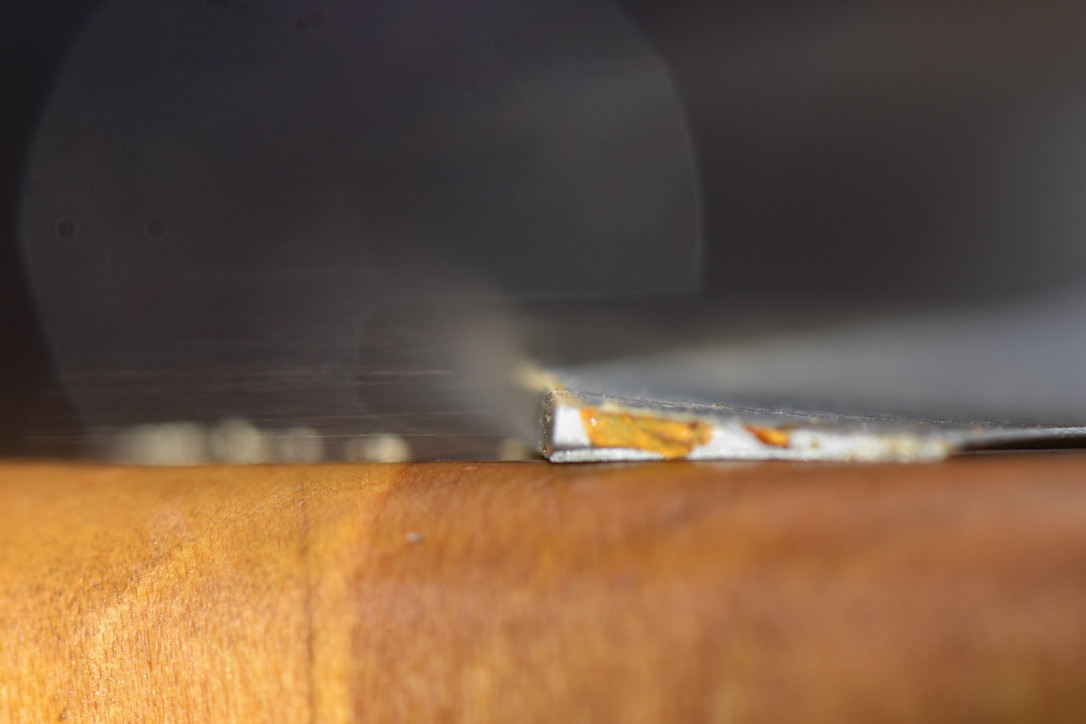So this is your HT for 1095. I see that you are bringing the steel down slowly?, maybe? then quenching. I don't see cryo. I don't see times. I ask because I am having trouble understanding how this is any different than any other HT for 1095, and there are many versions. I am just trying to understand what sets yours apart, is it cool down hold times at different temps? Is it a drastically slow cool down, then temper to Rc? I am not trying to be difficult here, just trying to understand. After 8 years,
Indeed, it took 8 years get here.
Have anyone ever seen or hear or google-search a demonstration of a 62+rc 1095 axe with 18* edge? Maybe this test shows something new (new because I don't know what I don't know)
this all just seems mystical. I think you have done enough testing. In fact, most if not all of your videos are testing blanks. So I think there has been enough of that. I just don't see the point of more testing if a better explanation of the process can't be provided. I understand that you may want to keep your process guarded. Like anyone who plans on making money out of it would. However, there needs to be a set of parameters that you work under. For example, after initial heating," my process takes a total of 20 hours for 1095. slow cool down and three tempers to achieve an Rc of 62.5. " I don't see that. In many hundreds of postings I see pieces of process thrown out into discussion like puzzle pieces.
Can you answer the following questions:
1 Does your HT start after initial heating of steel, or can it be done to an already HT'd piece, or both?
Both. It is easier and more consistent to bring *as-bought* condition (from suppliers such as AKS, NJSB, NSM, ...) to prepared pre-hardenening state than steels bars/blanks from unknown/iffy condition.
2. If starting from raw steel shape, how long is your heat treat on average?
With current equipment, this process can takes 1 to 20 days. Currently doing 80% of optimal process, which take around 1 day. With high volume equipment, it should takes less than 3 hrs.
How about a video of your process, even if it is cut into each step to show what you are doing.
I am really interested, but I just don't see that anymore testing makes a difference. If I am out of line here apologies, no disrespect meant. I really am interested.
It probably be a boring video, basically:
1) bandsaw steel bar/sheet into work pieces - blade, axe bit, charpy specimen, etc..
2) thermal cycles to prepare matrix for hardening process - normalize & grain refinement are just standard/public, additional IP steps
3) hardening processs: austenite + soak, 16-20 hrs IP/undisclosed process (just normal physics, no magic here)
4) remove decarb when needed, hardness test, grind to spec, test, sometime post video on YT, BF, ..




